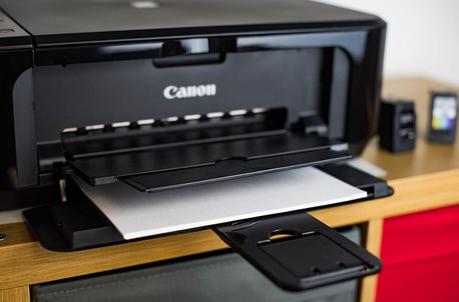
In the realm of printing, selecting the right paper size is a fundamental aspect that significantly influences the outcome of your documents or images. This comprehensive guide aims to demystify the complexities surrounding printer paper sizes. We will delve into the importance of knowing your printer model, the standard copy paper size, recommended paper sizes for printing, the dimensions of printer paper, common sizes, compatibility across printer models, the technical aspect of printer paper size in pixels, advice for choosing printer paper, and provide contact information for further assistance.
Understanding the exact name and model of your printer is the first step toward optimal printing performance. This crucial information is typically found in the manual or on the bottom of the machine. Accurate compatibility relies on this knowledge, ensuring your printer operates seamlessly.
Historical Development of Standard Paper Sizes
Standard paper sizes have a rich history rooted in international collaboration. The need for standardized paper sizes arose from the desire for consistency and interoperability across different printing systems globally. The influence of historical practices and technological advancements has shaped the international standards we use today.
The International Organization for Standardization (ISO) introduced the A, B, and C series of paper sizes, including the popular A4 size. This standardization facilitated seamless communication and document sharing across borders, establishing a foundation for modern printing practices. In North America, the American National Standards Institute (ANSI) established its own set of paper sizes, deviating from the ISO standards. Understanding the unique features of ANSI paper sizes is essential for those working within the North American printing landscape.
Determination of Standard Paper Sizes
Printer paper typically comes in various standard sizes, but the most common size used in many countries, including the United States and Canada, is known as Letter size. The dimensions of Letter size paper are 8.5 inches by 11 inches (216 mm by 279 mm). In some other regions, A4 size paper (210 mm by 297 mm) is more prevalent. These sizes are widely used for printing documents, letters, and other standard office or personal materials. It's worth noting that there are other paper sizes, such as legal size (8.5 inches by 14 inches) and ledger/tabloid size (11 inches by 17 inches), but they are less common for general printing purposes.
Standard Size of Printer Paper
Printer paper typically comes in various standard sizes, but the most common size used in many countries, including the United States and Canada, is known as Letter size. The dimensions of Letter size paper are 8.5 inches by 11 inches (216 mm by 279 mm). In some other regions, A4 size paper (210 mm by 297 mm) is more prevalent. These sizes are widely used for printing documents, letters, and other standard office or personal materials. It's worth noting that there are other paper sizes, such as legal size (8.5 inches by 14 inches) and ledger/tabloid size (11 inches by 17 inches), but they are less common for general printing purposes.
Optimizing Document Formatting for Different Paper Sizes

To achieve optimal printing efficiency, document formatting should align with the selected paper size. Proper formatting ensures that content is presented clearly and consistently, irrespective of the chosen paper size.
Addressing common printing issues, such as misalignment, paper jams, and print quality problems, requires a systematic approach. Troubleshooting techniques can help users identify and resolve these issues, enhancing overall printing efficiency. Considerations of cost-effectiveness in paper size selection involve assessing factors like paper prices, ink usage, and the availability of specific paper sizes. Making informed choices in this regard contributes to efficient resource utilization.
What are Common Mistakes in Selecting Paper Sizes?
Common mistakes in selecting paper sizes include overlooking document requirements, resulting in readability and aesthetic issues. Another error is choosing sizes incompatible with the printer, causing misfeeds and alignment problems. Neglecting formatting considerations may disrupt the document layout. Additionally, not prioritizing cost-effectiveness can lead to unnecessary expenses, particularly with large print volumes. Awareness of these mistakes is crucial for making informed decisions and ensuring a smooth printing experience.
Conclusion
In conclusion, the importance of understanding and choosing appropriate paper sizes cannot be overstated. From historical developments to practical considerations, this article has explored the multifaceted aspects of standard paper sizes and their impact on the printing landscape. As technology continues to evolve, the future may bring further innovations in paper size standardization and printing technology. Staying informed about these trends will empower users to adapt to emerging practices in the dynamic world of printing.

